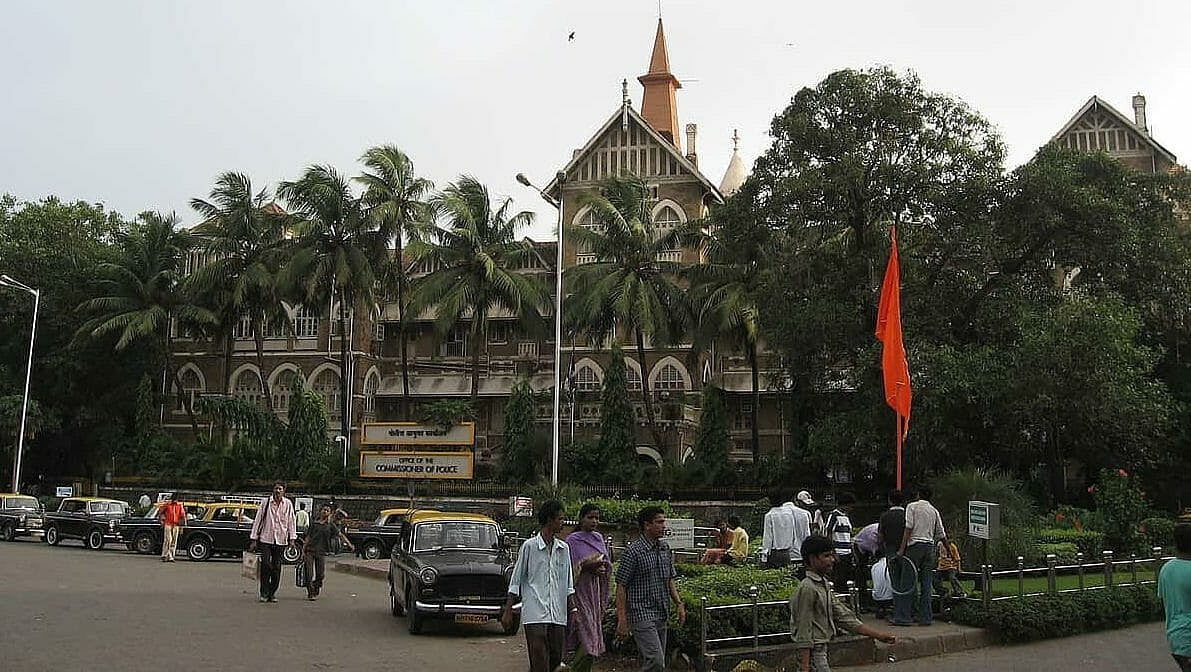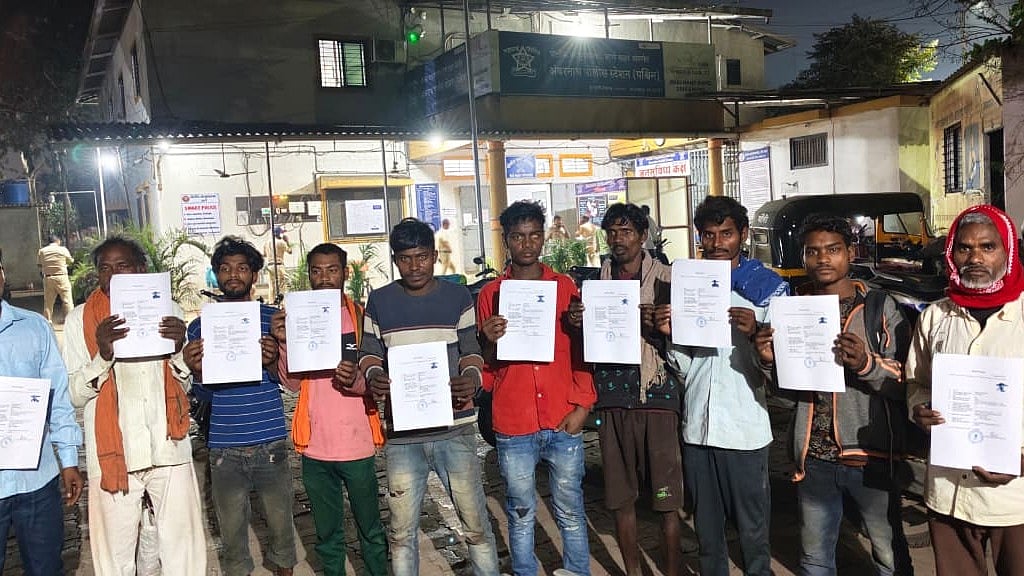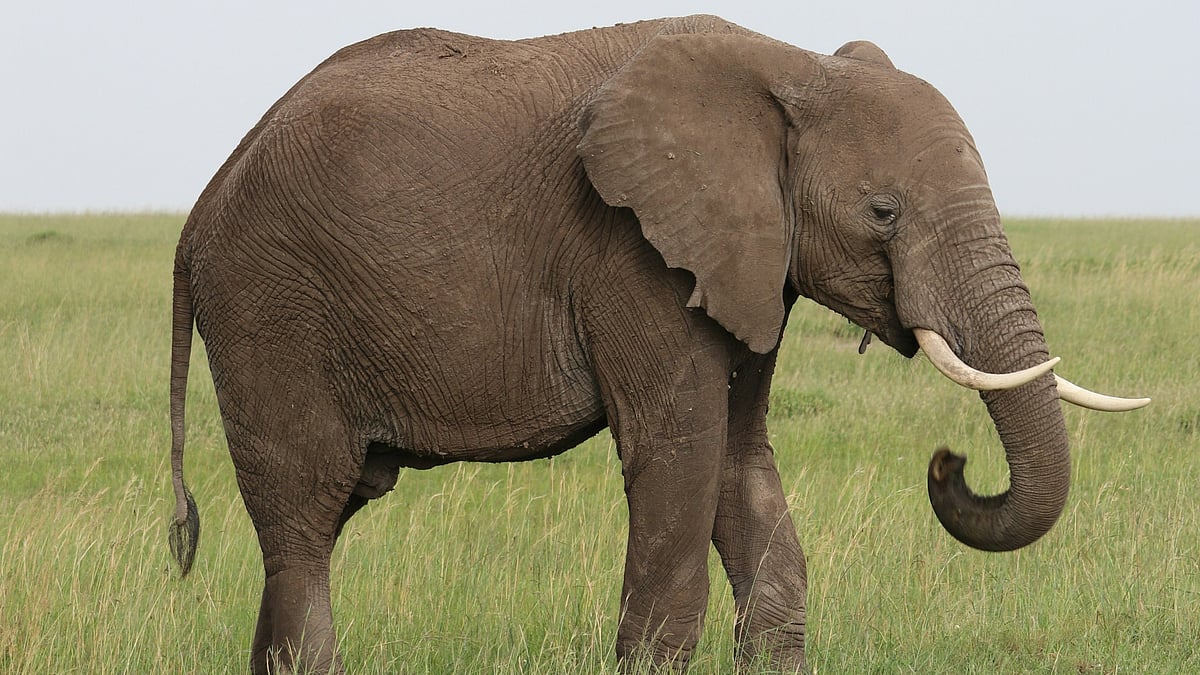As 2022 comes to a close with tectonic shifts in the international order and fears of yet another deadly pandemic and a global recession, let’s indulge in some crystal ball gazing to see what India should look out for over the next year, particularly in terms of economics.
Even if we were naïve enough to dismiss the possibility of another pandemic, the fact remains that we are still struggling to recover from the impact of Covid-19, and new variations and mutations of the virus keep cropping up regularly, any of which could be more infectious and deadlier than the last one.
Even if a fraction of the reports about the carnage caused by the virus in China — where it originated from — are true, it spells troubled times ahead not just for President Xi Jinping and his country but for the entire world, because viruses don’t recognise or respect boundaries.
As for a recession, addressing a press briefing in Washington in October, the IMF’s chief economist, Pierre-Olivier Gourinchas, predicted that overall growth will slow down from 6% in 2021 to 3.2% in 2022 and 2.7% in 2023.
In a pre-briefing statement, Mr Gourinchas said “The three largest economies, the United States, China, and the Euro area, will continue to stall,” and “overall, this year’s shocks will re-open economic wounds that were only partially healed post-pandemic. In short, the worst is yet to come and, for many people, 2023 will feel like a recession.”
However, he noted that “India has been doing fairly well in 2022 and is expected to continue growing fairly robustly in 2023.” Provided, of course there are no further unexpected shocks to the increasingly volatile global situation. Warning against political measures which undermined attempts to check inflation, he said countries could help ease a volatile environment by investing in supply chain diversification, green energy, digitisation and human capital.
Russia produces almost a quarter of the world’s nitrogen fertiliser, and was the main source of oil, natural gas and solid fossil fuels for the European Union until the US-led sanctions over Ukraine kicked in. The rising cost of natural gas, vital for fertiliser production, also impacted the prices of food and grains, leading to major disruptions in the global supply chain.
The sanctions also revived frantic attempts by several nations to find a viable alternative to the almighty US dollar, which gives Washington the ability to financially cripple any nation that offended it using sanctions.
The US dollar became the world’s reserve currency at the Bretton Woods conference of 1944, with 44 Allied nations agreeing to peg it to gold at a rate of $35 per ounce until 1971, when President Richard Nixon decided to decouple it. This would have certainly led to a major financial crash, but Saudi Arabia saved the day by agreeing to sell oil to the US for dollars and a security pact, ensuring that there was constant demand for large sums in what became known as petrodollars. Dollars remain the primary source of revenue for most OPEC members and other oil producing nations, since it is the by far the most widely accepted global currency, with the Euro coming a distant second.
This time, in a significant show of spine, rivals India and China defied US strictures to become the largest buyers of heavily discounted Russian oil. Several other countries said they would either ignore or sidestep a plan by the major G7 economies — backed by the EU and Australia — to cap the price at which Russian oil is bought.
A statement released at the Brazil-Russia-India-China-South Africa or BRICS business forum in June this year said the group was planning a mutual payment network to overcome its dependence on the dollar. Later, Russian President Vladimir Putin announced that the member states were working on reliable alternative mechanisms for international payments, and boosting the use of local currencies for trade among member states.
Two other arch rivals, Saudi Arabia and Iran, also snubbed the US and threw in their lot with Moscow. While Iran offered drones and other weapons to help buttress Russia’s dwindling military resources, Saudi Arabia rejected US pressure to increase the supply of oil to ease the massive energy crisis in Europe due to the sanctions on Russia.
Moving on, the India-China spat is likely to continue, with Beijing constantly probing an increasingly assertive India’s defences and red lines. This would include not just regular ‘salami slicing’ attempts to stake claim to disputed areas of the Line of Actual Control, cyber and psychological warfare, and the use of Pakistan to constantly needle and provoke India with terrorist strikes, but also attempts to gain leverage among our immediate neighbours in order to restrict our strategic mobility. Increasing Chinese incursions into the Bay of Bengal and the Indian ocean region, vetoing Indian attempts to leverage its presidency of the G20, and scuttling attempts to revamp the UN and become a permanent member of the Security Council are a given. The increasing belligerence by both sides raises the risk of an escalation spiralling out of control.
The economic and strategic ties with the US and Russia are likely to get stronger owing to the common threat of China. I will go out on a limb — or perhaps indulge in some wishful thinking — by predicting that the Sino-Russian ties will erode over the next year, because they are not based on mutual respect and equality.
India must also keep a watch on the increasing relevance of the Artic Circle as a trade route owing to global warming. A trade route across the Arctic would dilute, though not kill, the importance of the Indo-Pacific, and by extension India’s key role in the region and the US compulsions to get India on its side of the fence.
As India shifts from a multilateral (country-based) to plurilateral (issue-based) foreign policy, the ability and need for diplomatic jugglery and walking the tightrope increases exponentially. The year ahead is likely to test our mettle in more ways than one. Let’s fasten our seatbelts and get ready for a roller-coaster ride.
A very Happy New Year to all those reading this.
Ramananda Sengupta is a foreign and strategic affairs analyst









